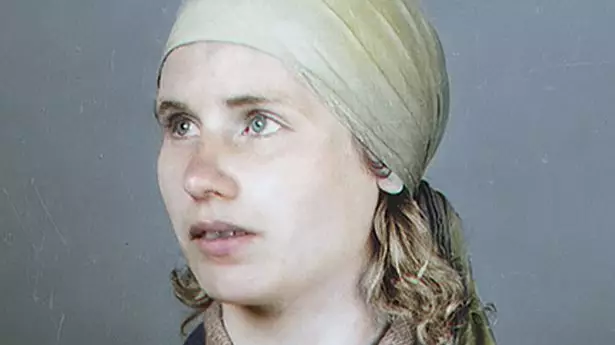
Artist Marina Amaral has a habit of bringing new life out of old images. As part of her work restoring old photographs she recently revived a selection of harrowing photos of a young girl who was marked for death in the Auschwitz concentration camp.
She has now released more photos of concentration camp inmates, bringing back to life the horrors of the holocaust in a way that many of us will have never seen before.
The Brazilian artist has produced the series as part of a project called 'Faces of Auschwitz' - a project that aims to remember the 1.1 million people who were killed in the Nazi death camp in Poland.
Despite many being destroyed, some photos that were taken of the inmates survived the war and have been lovingly colourised by Amaral to paint new and chilling portraits that tell of the massive human cost of the Nazi extermination program.
Amaral told the Mirror: "Faces of Auschwitz aims to recover these stories and present them through a modern perspective, so current and future generations will look back at those we lost, understand the roots of hate and ensure atrocities of the past will never happen again.
"Monstrous hatred was levelled against them for nothing more than who they were: Jews, Poles and Roma, Soviet POWs, Protestants, Orthodox or Jehovah's Witnesses; disabled or homosexuals."
Amaral's project is backed by the Auschwitz Memorial and Museum.
The young girl in one photo is Czesława Kwoka. She was taken out of her home in eastern Poland along with her mother by the Nazis and arrived via train at the concentration camp on 13 December 1942, alongside 318 other women.
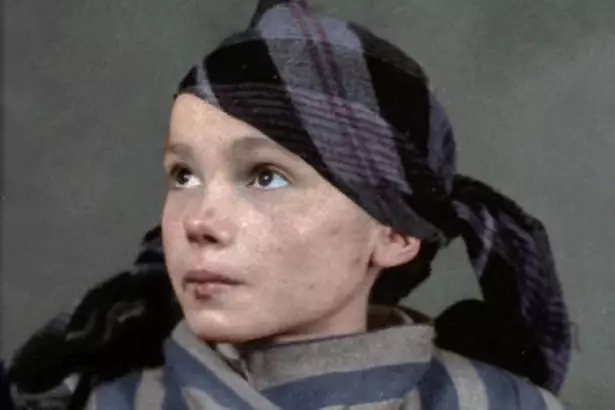
Sixty-seven days later she was dead, murdered a Phenol injection directly into her heart because she was deemed to be racially unsuitable for 'Germanisation' - a term used by the Nazis for the process to enforce their language, culture, and ideologies onto the people of Eastern Europe.
Around 230,000 children were killed in this fashion in Auschwitz.
Another photo shows Salomon Honig, a Jewish merchant who was brought to the camp just before the extermination began.
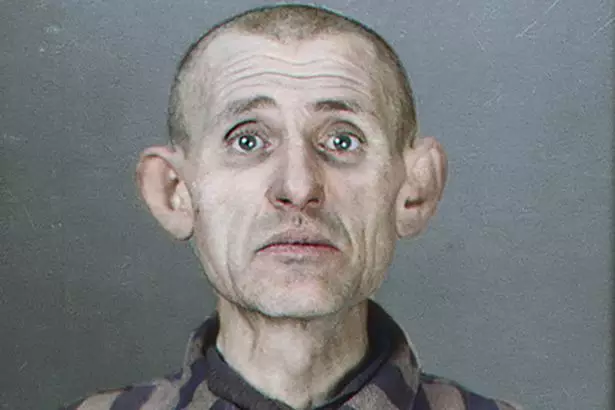
Amaral says: "We don't know much about his story but one thing we can say: between June 1940 and March 1942, around 2,000 to 2,100 Jews were taken to Auschwitz, of which nearly 90 percent were killed.
"In this project, we are showing both some of the prisoners whose stories are well known and documented but also people about whom we know very little or nothing."
One woman about whom more is known is Janina Nowak. Aged 28, she managed to escape the camp, however, in their anger at her escape the Nazis took their frustration out on 200 other Polish women who were imprisoned.
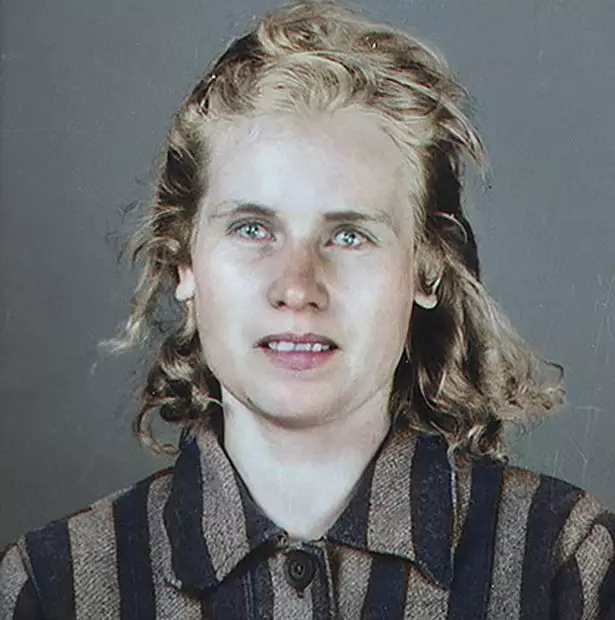
The others refused to give up any information about her - some paid a heavy price for that.
Not all of those killed were Jewish. One photo shows Deliana Rademakers, a Jehovah's witness. Before her death she wrote a letter to her family that read: "Go bravely onwards without fear, Jehovah is with us, what can mere people do to us? Be valiant and fearless."
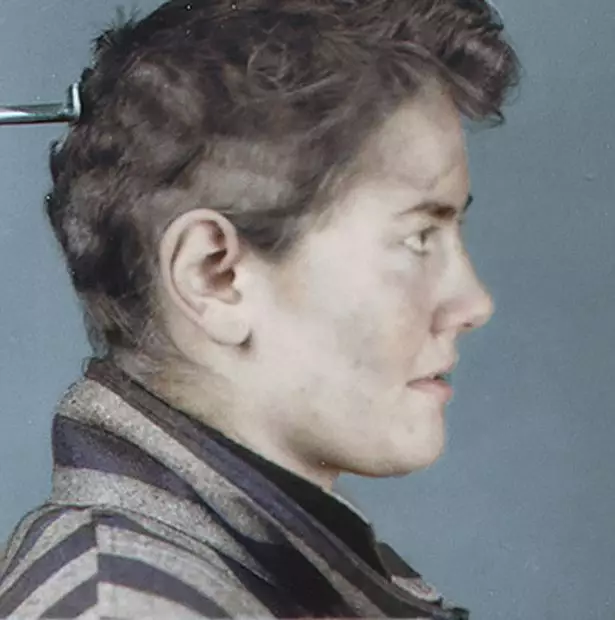
Jehovah's Witnesses refused to go to war or help with the war effort. For this reason they were also sent to the camps and often suffered death.
Featured Image Credit: Auschwitz Memorial and Museum/Marina AmaralTopics: World News, News, World War Two, Poland